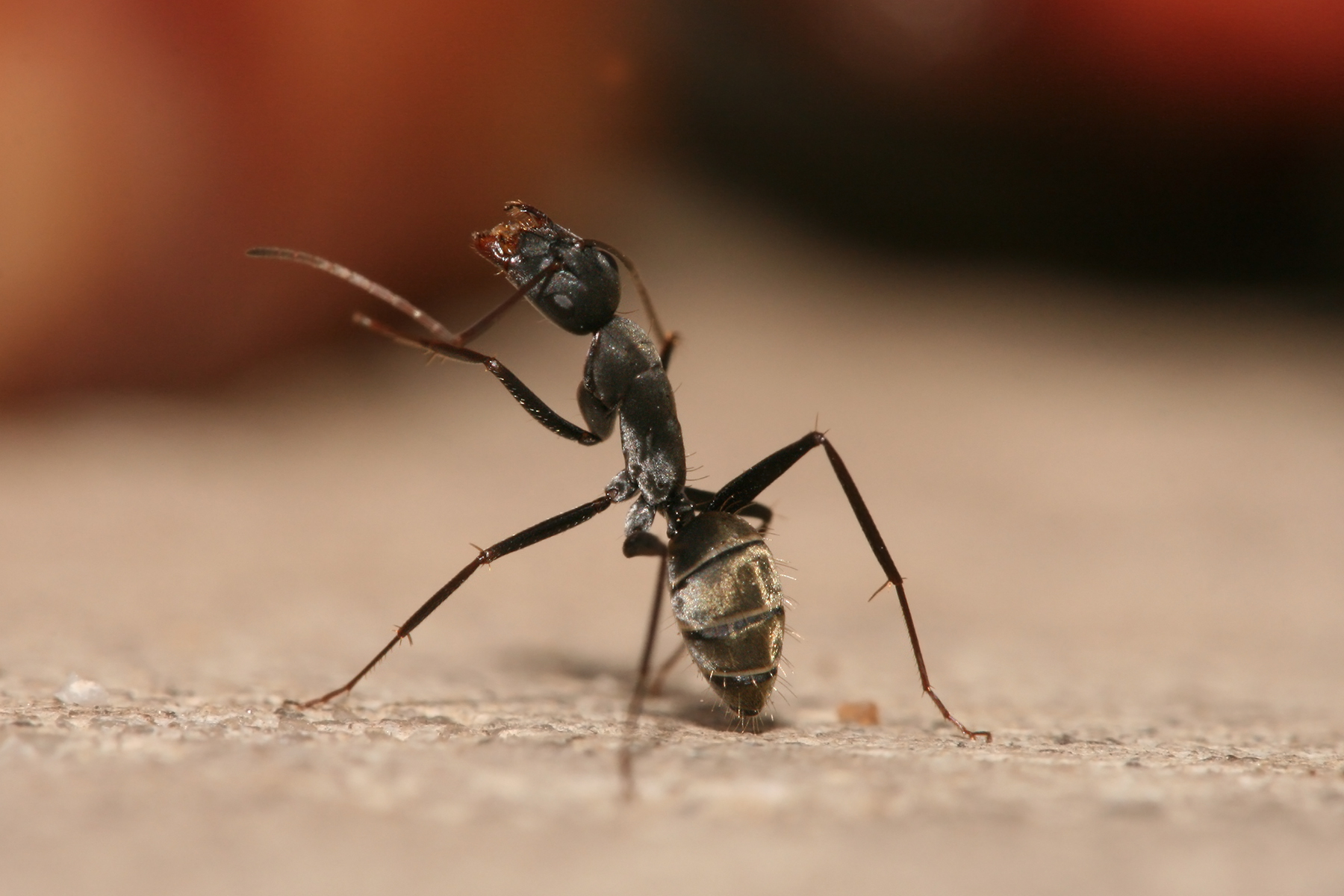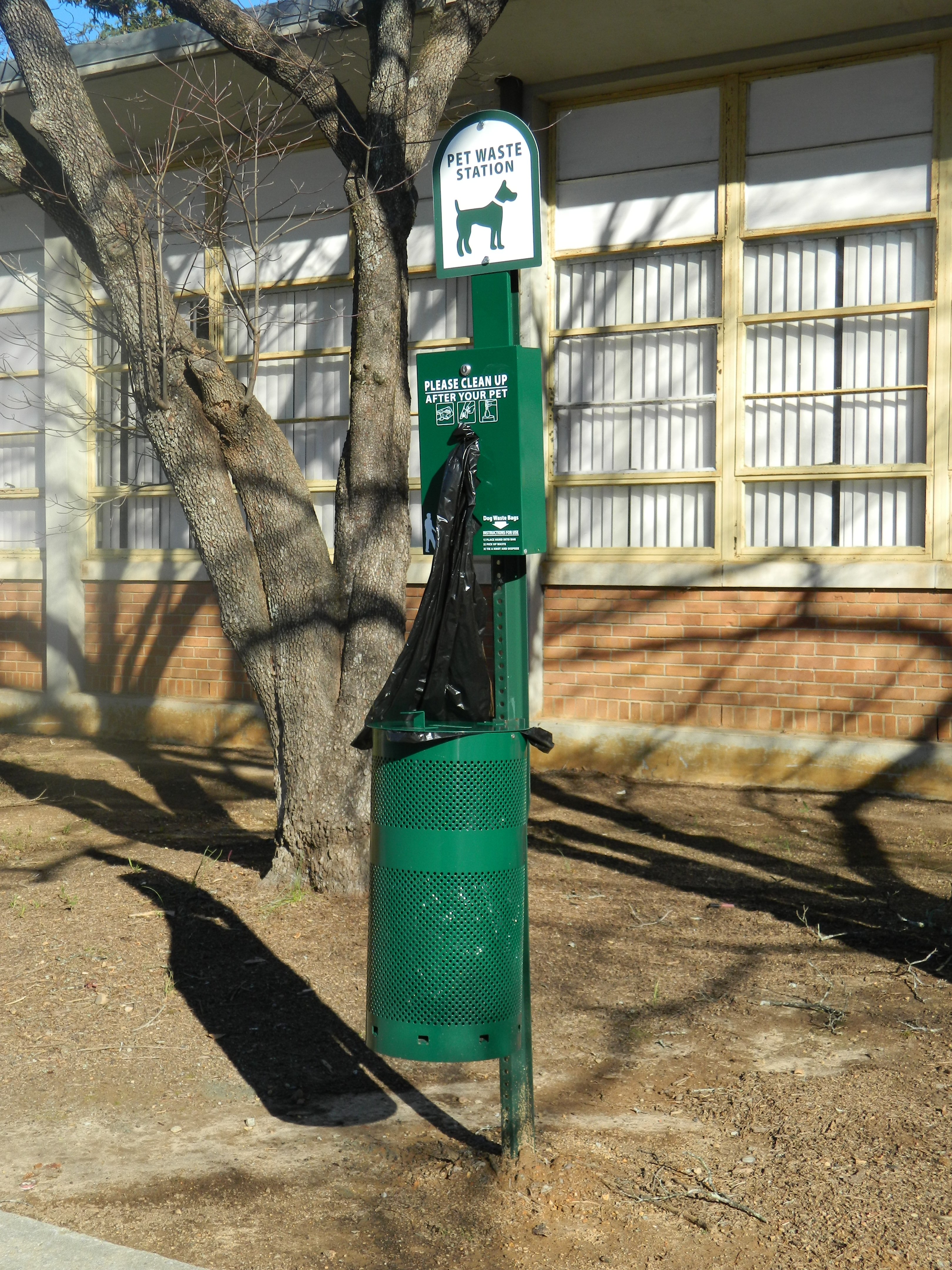|
Frass
Frass refers loosely to the more or less solid excreta of insects, and to certain other related matter. Definition and etymology ''Frass'' is an informal term and accordingly it is variously used and variously defined. It is derived from the German word ''Fraß'', which means the food takeup of an animal.M. Clark and O. Thyen. The Oxford-Duden German Dictionary. Publisher: Oxford University Press 1999. The English usage applies to excreted residues of anything that insects had eaten, and similarly, to other chewed or mined refuse that insects leave behind. It does not generally refer to fluids such as honeydew, but the point does not generally arise, and is largely ignored in this article. Such usage in English originated in the mid-nineteenth century at the latest. Modern technical English sources differ on the precise definition, though there is little actual direct contradiction on the practical realities. One glossary from the early twentieth century speaks of "...excreme ... [...More Info...] [...Related Items...] OR: [Wikipedia] [Google] [Baidu] |
Codling Moth
The codling moth (''Cydia pomonella'') is a member of the Lepidopteran family Tortricidae. They are major pests to agricultural crops, mainly fruits such as apples and pears. Because the larvae are not able to feed on leaves, they are highly dependent on fruits as a food source and thus have a significant impact on crops. The caterpillars bore into fruit and stop it from growing, which leads to premature ripening. Various means of control, including chemical, biological, and preventive, have been implemented. This moth has a widespread distribution, being found on six continents. Adaptive behavior such as diapause and multiple generations per breeding season have allowed this moth to persist even during years of bad climatic conditions. Geographic distribution Although the geographic origin of codling moths is unclear, there are theories of these moths originating from either Europe or the Mediterranean. Scholars believe that the codling moths were introduced to the Ameri ... [...More Info...] [...Related Items...] OR: [Wikipedia] [Google] [Baidu] |
Leaf Miner
A leaf miner is any one of numerous species of insects in which the larval stage lives in, and eats, the leaf tissue of plants. The vast majority of leaf-mining insects are moths ( Lepidoptera), sawflies (Symphyta, the mother clade of wasps), and flies ( Diptera). Some beetles also exhibit this behavior. Like woodboring beetles, leaf miners are protected from many predators and plant defenses by feeding within the tissues of the leaves, selectively eating only the layers that have the least amount of cellulose. When attacking ''Quercus robur'' (English oak), they also selectively feed on tissues containing lower levels of tannin, a deterrent chemical produced in great abundance by the tree. The pattern of the feeding tunnel and the layer of the leaf being mined is often diagnostic of the insect responsible, sometimes even to species level. The mine often contains frass, or droppings, and the pattern of frass deposition, mine shape, and host plant identity are useful to de ... [...More Info...] [...Related Items...] OR: [Wikipedia] [Google] [Baidu] |
Carpenter Ant
Carpenter ants (''Camponotus'' spp.) are large () ants indigenous to many forested parts of the world. They build nests inside wood consisting of galleries chewed out with their mandibles or jaws, preferably in dead, damp wood. However, unlike termites, they do not consume wood, discarding a material that resembles sawdust outside their nest. Sometimes, carpenter ants hollow out sections of trees. They also commonly infest wooden buildings and structures, and are a widespread problem and major cause of structural damage. Nevertheless, their ability to excavate wood helps in forest decomposition. The genus includes over 1,000 species. They also farm aphids. In their farming, the ants protect the aphids from predators (usually other insects) while they excrete a sugary fluid called honeydew, which the ants get by stroking the aphids with their antennae. Description ''Camponotus'' are generally large ants, with workers being 4-7 mm long in small species or 7-13 mm in large s ... [...More Info...] [...Related Items...] OR: [Wikipedia] [Google] [Baidu] |
Feces
Feces ( or faeces), known colloquially and in slang as poo and poop, are the solid or semi-solid remains of food that was not digested in the small intestine, and has been broken down by bacteria in the large intestine. Feces contain a relatively small amount of metabolic waste products such as bacterially altered bilirubin, and dead epithelial cells from the lining of the gut. Feces are discharged through the anus or cloaca during defecation. Feces can be used as fertilizer or soil conditioner in agriculture. They can also be burned as fuel or dried and used for construction. Some medicinal uses have been found. In the case of human feces, fecal transplants or fecal bacteriotherapy are in use. Urine and feces together are called excreta. Skatole is the principal compound responsible for the unpleasant smell of feces. Characteristics The distinctive odor of feces is due to skatole, and thiols (sulfur-containing compounds), as well as amines and carboxylic aci ... [...More Info...] [...Related Items...] OR: [Wikipedia] [Google] [Baidu] |
Hyles Gallii - Keila2
Hyles may refer to: * Hyles-Anderson College * Jack Hyles (1926–2001), American Baptist minister * ''Hyles'' (moth), a genus of hawkmoths in the family Sphingidae See also *Hyle, a philosophical term for matter or stuff *Hylas (other) Hylas is a Greek mythological figure. "Hylas" may also refer to: * One of the two protagonists from '' Three Dialogues between Hylas and Philonous'' and from '' Dialogs'' by Stanislaw Lem * HYLAS, a series of British communications satellites ** ... {{disambig ... [...More Info...] [...Related Items...] OR: [Wikipedia] [Google] [Baidu] |
Coryphodema Tristis
''Coryphodema tristis'', the quince borer, sad goat or apple-trunk borer, is a moth of the family Cossidae. It is found in Botswana and South Africa. The wingspan is about 38 mm. The larvae bore into the trunk of a wide range of plant, including species from the Combretaceae, Malvaceae, Myoporaceae, Rosaceae, Scorphulariaceae, Ulmaceae and Vitaceae. Some important hosts include '' Buddleja madagascariensis'', ''Combretum'', ''Malus'' and quince The quince (; ''Cydonia oblonga'') is the sole member of the genus ''Cydonia'' in the Malinae subtribe (which also contains apples and pears, among other fruits) of the Rosaceae family. It is a deciduous tree that bears hard, aromatic brigh ... species. It has also been found feeding on '' Eucalyptus nitens''. References Cossinae Insects of South Africa Moths of Africa {{Cossinae-stub ... [...More Info...] [...Related Items...] OR: [Wikipedia] [Google] [Baidu] |
Bast Fibre
Bast fibre (also called phloem fibre or skin fibre) is plant fibre collected from the phloem (the "inner bark", sometimes called "skin") or bast surrounding the stem of certain dicotyledonous plants. It supports the conductive cells of the phloem and provides strength to the stem. Some of the economically important bast fibres are obtained from herbs cultivated in agriculture, as for instance flax, hemp, or ramie, but bast fibres from wild plants, as stinging nettle, and trees such as lime or linden, willow, oak, wisteria, and mulberry have also been used in the past. Bast fibres are classified as soft fibres, and are flexible. Fibres from monocotyledonous plants, called " leaf fiber", are classified as hard fibres and are stiff. Since the valuable fibres are located in the phloem, they must often be separated from the xylem material ("woody core"), and sometimes also from the epidermis. The process for this is called retting, and can be performed by micro-organisms either o ... [...More Info...] [...Related Items...] OR: [Wikipedia] [Google] [Baidu] |
Ambrosia Beetle
Ambrosia beetles are beetles of the weevil subfamilies Scolytinae and Platypodinae (Coleoptera, Curculionidae), which live in nutritional symbiosis with ambrosia fungi. The beetles excavate tunnels in dead, stressed, and healthy trees in which they cultivate fungal gardens, their sole source of nutrition. After landing on a suitable tree, an ambrosia beetle excavates a tunnel in which it releases spores of its fungal symbiont. The fungus penetrates the plant's xylem tissue, extracts nutrients from it, and concentrates the nutrients on and near the surface of the beetle gallery. Ambrosia fungi are typically poor wood degraders, and instead utilize less demanding nutrients. The majority of ambrosia beetles colonize xylem (sapwood and/or heartwood) of recently dead trees, but some attack stressed trees that are still alive, and a few species attack healthy trees.Hulcr, J. and Stelinski, L.L., 2017. The ambrosia symbiosis: From evolutionary ecology to practical management. Annual Revi ... [...More Info...] [...Related Items...] OR: [Wikipedia] [Google] [Baidu] |
Ambrosia Fungi
Ambrosia fungi are fungal symbionts of ambrosia beetles including the polyphagous and Kuroshio shot hole borers. There are a few dozen species described ambrosia fungi, currently placed in polyphyletic genera '' Ambrosiella'', '' Rafaellea'' and '' Dryadomyces'' (all from Ophiostomatales, Ascomycota Ascomycota is a phylum of the kingdom Fungi that, together with the Basidiomycota, forms the subkingdom Dikarya. Its members are commonly known as the sac fungi or ascomycetes. It is the largest phylum of Fungi, with over 64,000 species. The def ...). Probably many more species remain to be discovered. Little is known about ecology of ambrosia fungi, as well as about their specificity to ambrosia beetle species. Ambrosia fungi are thought to be dependent on transport and inoculation provided by their beetle symbionts, as they have not been found in any other habitat. All ambrosia fungi are probably asexual and clonal.Malloch, D., and M. Blackwell. 1993. Dispersal biology of oph ... [...More Info...] [...Related Items...] OR: [Wikipedia] [Google] [Baidu] |
Amylostereum Areolatum
''Amylostereum areolatum'' is a species of crust fungus. Originally called ''Thelephora areolata'' in 1828, it was given its current name by French mycologist Jacques Boidin Ancient and noble French family names, Jacques, Jacq, or James are believed to originate from the Middle Ages in the historic northwest Brittany region in France, and have since spread around the world over the centuries. To date, there are ov ... in 1958. References External links * Russulales Fungi of Europe Fungi described in 1828 {{Russulales-stub ... [...More Info...] [...Related Items...] OR: [Wikipedia] [Google] [Baidu] |
Sirex Woodwasp
The sirex woodwasp (''Sirex noctilio'') is a species of horntail, native to Europe, Asia, and northern Africa.New York State Department of Environmental Conservation, Copyright © 2011. Sirex Woodwasp – ''Sirex noctilio''. http://www.dec.ny.gov/animals/7248.html Adults vary in length from . This woodwasp is an invasive species in many parts of the world, including Australia, New Zealand, North America, South America, and South Africa, where it has become a significant economic pest of pine trees. The wasp can attack a wide variety of pine species, although some species seem to be more susceptible than others, and stressed trees often are attacked. During oviposition, the female wasp lays two eggs with or without a mucoid substance and a symbiotic fungus for the larvae to feed on once they hatch. The mucoid substance is toxic to trees and aids in tree decline. The arthrospores from the symbiotic fungus, ''Amylostereum areolatum'', are also pathogenic. Characteristics ... [...More Info...] [...Related Items...] OR: [Wikipedia] [Google] [Baidu] |
Longhorn Beetle
The longhorn beetles (Cerambycidae), also known as long-horned or longicorns, are a large family of beetles, with over 35,000 species described. Most species are characterized by extremely long antennae, which are often as long as or longer than the beetle's body. In various members of the family, however, the antennae are quite short (e.g., ''Neandra brunnea'') and such species can be difficult to distinguish from related beetle families such as the Chrysomelidae. The scientific name of this beetle family goes back to a figure from Greek mythology: after an argument with nymphs, the shepherd Cerambus was transformed into a large beetle with horns. Description Other than the typical long antennal length, the most consistently distinctive feature of the family is that the antennal sockets are located on low tubercles on the face; other beetles with long antennae lack these tubercles, and cerambycids with short antennae still possess them. They otherwise vary greatly in size, sha ... [...More Info...] [...Related Items...] OR: [Wikipedia] [Google] [Baidu] |






